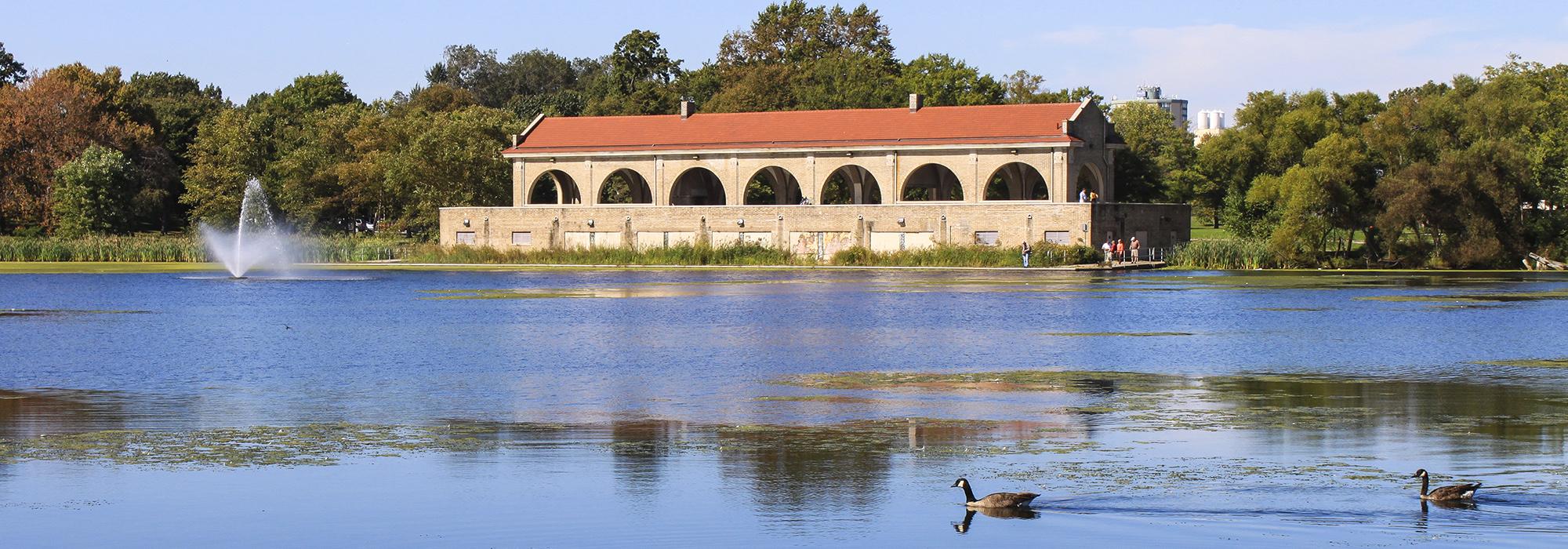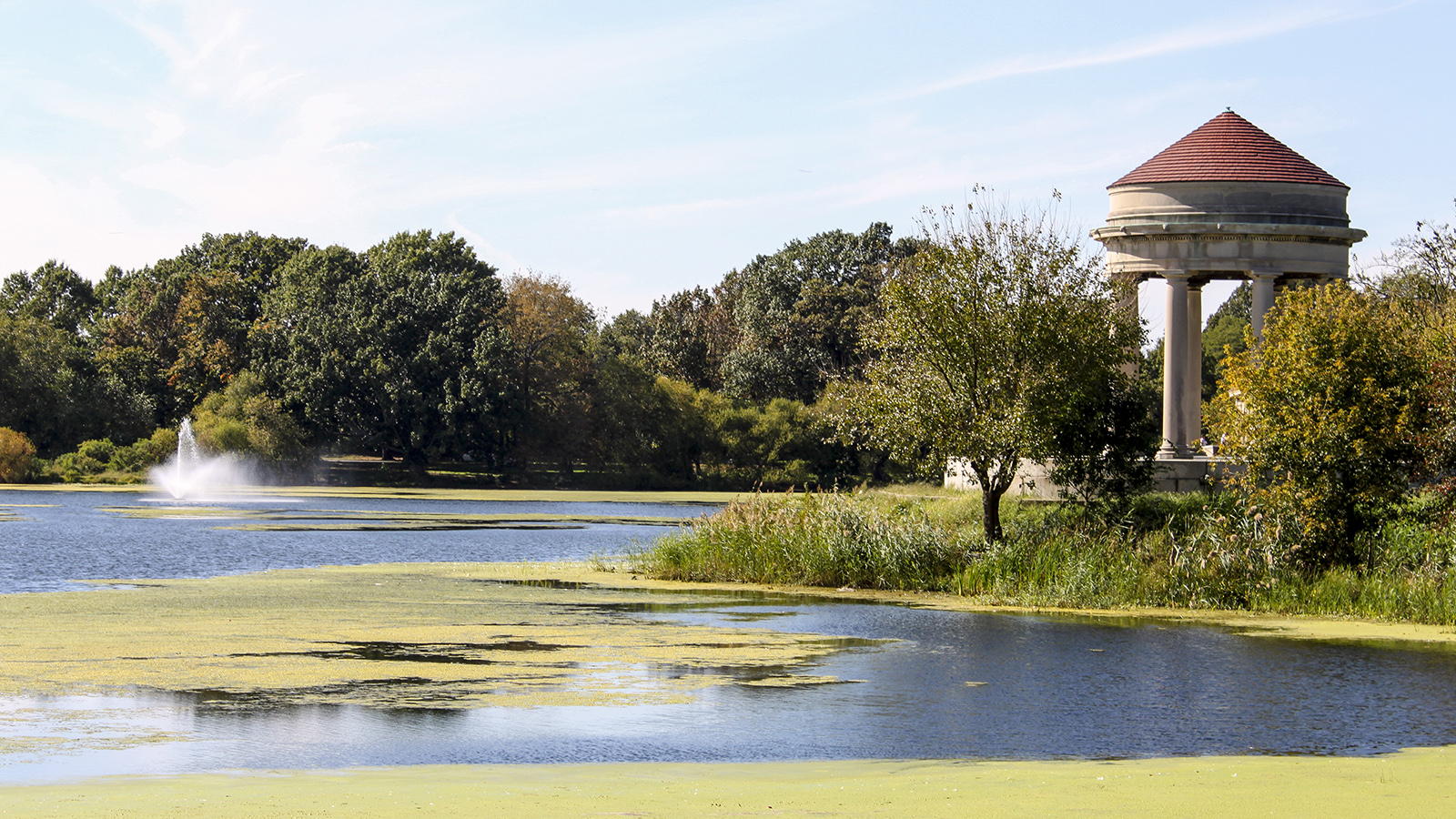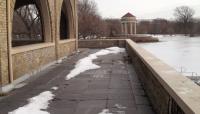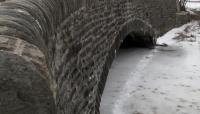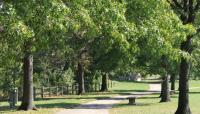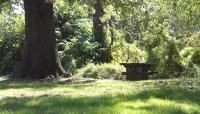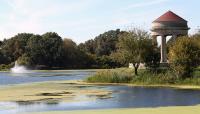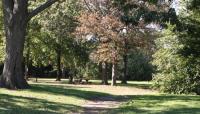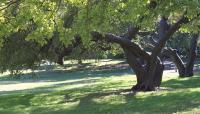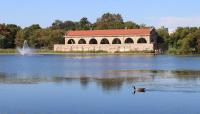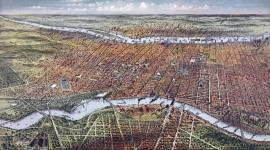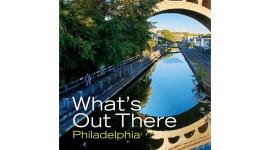Landscape Information
Initially known as League Island Park, this 348-acre municipal park was conceived as early as 1899 to provide picturesque open space for residents of newly developed neighborhoods in South Philadelphia. An early plan by Samuel Parsons, Jr., was begun, but construction halted by 1910. Between 1914 and 1916, Olmsted Brothers created another plan which was implemented successfully, built on filled marshland and featuring a pond and large lagoon surrounded by open lawn with deciduous trees. In 1926, the park hosted the Sesquicentennial International Exposition, which celebrated the 150th anniversary of the signing of the Declaration of Independence. The Exposition, with drafting overseen by architect Louis I. Kahn under guidance of Director of Works Rubee Jeffery Pearse, occupied many parts of the park and the edges of the lagoon. Numerous buildings from the Exposition remain, including the American Swedish Historical Museum, a boathouse and gazebo, several bathhouses, and a guardhouse. Due to construction of a stadium during the Exposition, the eastern third of the park has been lost. By 1935 numerous sports fields were added, replacing pastoral lawn but leaving the core Olmsted water features intact. Around the same time a 146-acre golf course thought to be implemented by the Works Progress Administration was constructed on the western side of the park. In 1965 a section of Interstate 95 was built over the historic park’s southern edge. Today FDR Park is the largest public green space in industrialized South Philadelphia and is a popular city-wide destination. FDR Park was added to the National Register of Historic Places in 2000.



